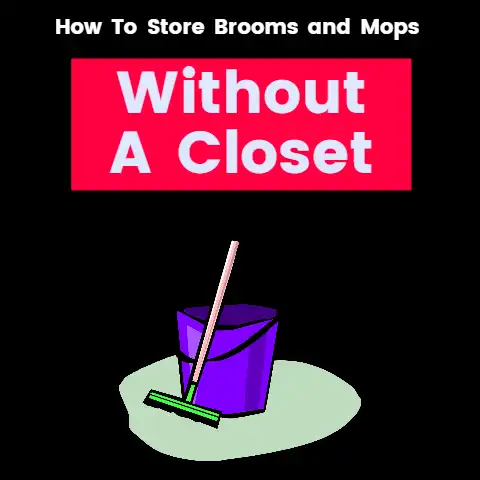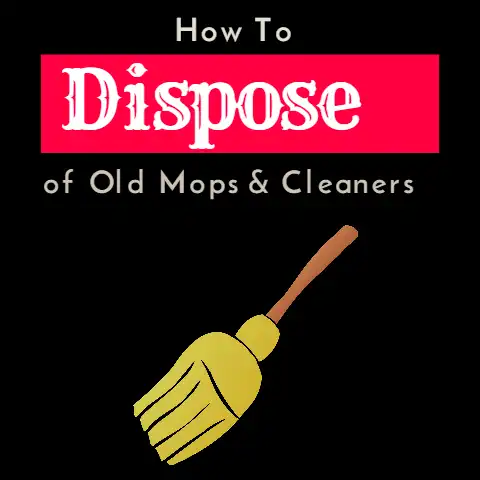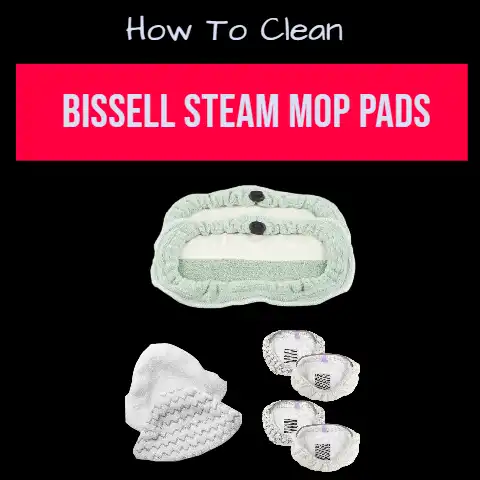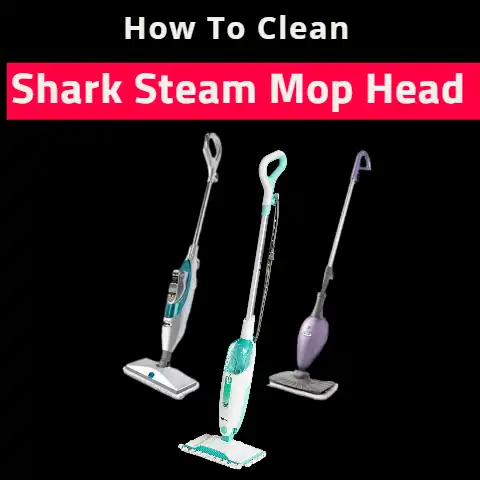Why Properly Wringing Out Your Mop Head Matters (Explained)
Wringing out your mop head before use is a critical step in floor cleaning that is often overlooked. Using an overly wet mop will leave floors streaky, while using a too-dry mop reduces cleaning efficiency. Properly wringing out excess liquid from your mop ensures that the floors are cleaned effectively without leaving them soaked.
In this comprehensive guide, we will cover everything you need to know about wringing out mops for optimal floor cleaning results.
Benefits of Properly Wringing Out Mop Heads
Here are some of the key reasons why taking the time to thoroughly wring out your mop is worth the effort:
- Prevents overly wet floors: Floors that are too wet after mopping can take a long time to dry, leaving streaks and encouraging mold/mildew growth.
- Enhances cleaning power: An evenly dampened mop head has maximum contact with the floor surface, allowing cleaners and water to lift more dirt.
- Minimizes dirty mop water reabsorption: Wringing out filthy mop water prevents it from being reabsorbed back onto the floors you already cleaned.
- Saves cleaning solution: With less water in the mop, you use less cleaner without diluting its cleaning power.
- Extends mop life: Less water absorption means mops stay fresher and last longer before needing to be replaced.
Now that you know why it matters, let’s get into the specifics of how to properly wring out a mop.
Common Mistakes to Avoid When Wringing Out Mops
It’s easy to make mistakes when wringing out mop heads, especially if you are in a hurry. Be aware of these common errors so you can avoid them:
Not Wringing Out the Mop Enough
Failing to adequately wring out all excess water from the mop head is a frequent issue. The results are wet, streaky floors and poor cleaning performance. Take the extra minute to thoroughly wring out the mop.
Twisting Without Applying Pressure
Simply twisting the mop strands without squeezing it will not effectively remove water. You need to apply significant pressure while twisting to force out absorbed liquid.
Wringing Out Above the Cleaning Solution
Holding the sopping mop over the bucket of cleaning solution leads to dirty water dripping back in. Always wring it out in a separate sink or outside if possible.
Not Unfurling the Strands
Leaving the mop head tightly wrung while mopping prevents proper floor contact and saturation. Make sure to unfurl the strands after wringing so they can absorb cleaning liquid.
Avoiding these mistakes takes some care and getting used to a proper wringing-out process. Follow the step-by-step instructions next to learn the technique.
How to Properly Wring Out a Mop Head in 6 Steps
Wringing out a mop properly is simple once you learn the technique. Just follow these key steps:
Step 1: Gather Your Supplies
First, collect the following supplies:
- Mop bucket filled halfway with clean water or prepared cleaning solution
- Mop with removable mop head attached
- Sink, tub, or outdoor area for wringing station
Step 2. Dip and Saturate the Mop Head
Submerge the dry mop head in the solution to let it soak and become fully saturated. Let it soak for a few minutes.

Step 3. Lift and Let Drip
Lift the dripping mop head out of the bucket by the mop handle. Allow excess liquid to drain back into the bucket for 30 seconds. This prevents wasting cleaning solution and keeps your wringing area cleaner.

Step 4. Transfer to Wringing Station
Carry the mop to a separate sink, tub, or outdoor wringing spot, away from your cleaning solution. This prevents dirty liquid from dripping back into your bucket during wringing.
Step 5. Thoroughly Wring Out the Mop
Now comes the most important step: wringing out the liquid.
Hold mop strands in both hands, then twist and squeeze repeatedly to forcefully wring out absorbed water and cleaning solution. Apply significant pressure and continue wringing until no more liquid drips out.
Tip: Wear rubber cleaning gloves during wringing to improve grip and protect your hands.
Step 6. Unfurl and Refluff Strands
After wringing, use your fingers to unfurl and separate the mop strands. Fluff out the head before remopping so it can reabsorb liquid and make full contact with flooring.
And that’s it! Now your mop head is optimally wrung-out and ready to use for cleaning floors effectively.
Mop Maintenance Tips
With regular use over time, mops wear out and become less effective at absorbing liquid for floor cleaning. Here are some key maintenance tips to extend your mop’s useful lifespan:
Rinse After Each Use
Thoroughly rinse mop heads with clean water after use to prevent dirt, debris, and cleaning product residue from accumulating in the strands. Built-up grime diminishes cleaning capabilities over time.
Wash Periodically
Every few weeks, machine wash mop heads using hot water and non-abrasive detergent. This sanitizes strands and restores maximum absorbency. Air dry completely before using again.
Replace Roughly Every 3-6 Months
With regular washing, mop heads typically need replacing every 3-6 months. Look for torn strands, excessive lint, permanent stains, or foul odors indicating a worn-out mop.
Proper maintenance makes your mop heads last longer, stay cleaner, and allow for effective floor cleaning results for months to come.
Frequently Asked Questions
Still have questions about getting the most out of wringing out your mops? Here are answers to some commonly asked questions:
How much pressure should I apply when wringing out a mop?
Apply very firm pressure, using both hands. Really squeeze and twist strands until no more liquid drips out. You need to generate high tension to effectively remove absorbed water.
Where is the best location to wring out my mop?
The best spot is a separate sink or outdoor location, away from your prepared cleaning solution. This prevents dirty excess liquid from dripping back into your bucket during wringing.
How do I clean my mop bucket to keep cleaning solution clean?
After use, rinse and wipe out the mop bucket with clean water to remove dirt, debris, and grime buildup. Periodically use hot water and non-abrasive scrubbing to deep clean the bucket.
Should I wring my mop out before dipping it into cleaning solution?
No, start with a dry mop head, allow it to fully soak in the bucket, then lift out to wring before mopping. This ensures maximum absorbency of the cleaning product for most effective floor cleaning.
How can I tell when it’s time to replace an old mop head?
Look for torn, frayed strands, permanent stains, mildew smells, or excessive lint and loose fibers. These indicate diminished cleaning capabilities and it’s time to replace the mop head for maximum floor cleaning results.
Final Tips
Wringing out your mop head thoroughly before floor cleaning is a simple but key step for preventing wet streaks and enhancing cleaning efficiency. Stop making it an afterthought!
Implement these proper mop wringing techniques:
- Saturate completely, lift to drip, then transfer to a designated wringing station
- Firmly twist, squeeze, and apply tension until no more liquid drips out
- Unfurl strands after to reabsorb cleaning solution
Properly wrung-out mops mean drier floors cleaned faster and better with less hassle or mess! It only takes an extra minute but makes all the difference.







